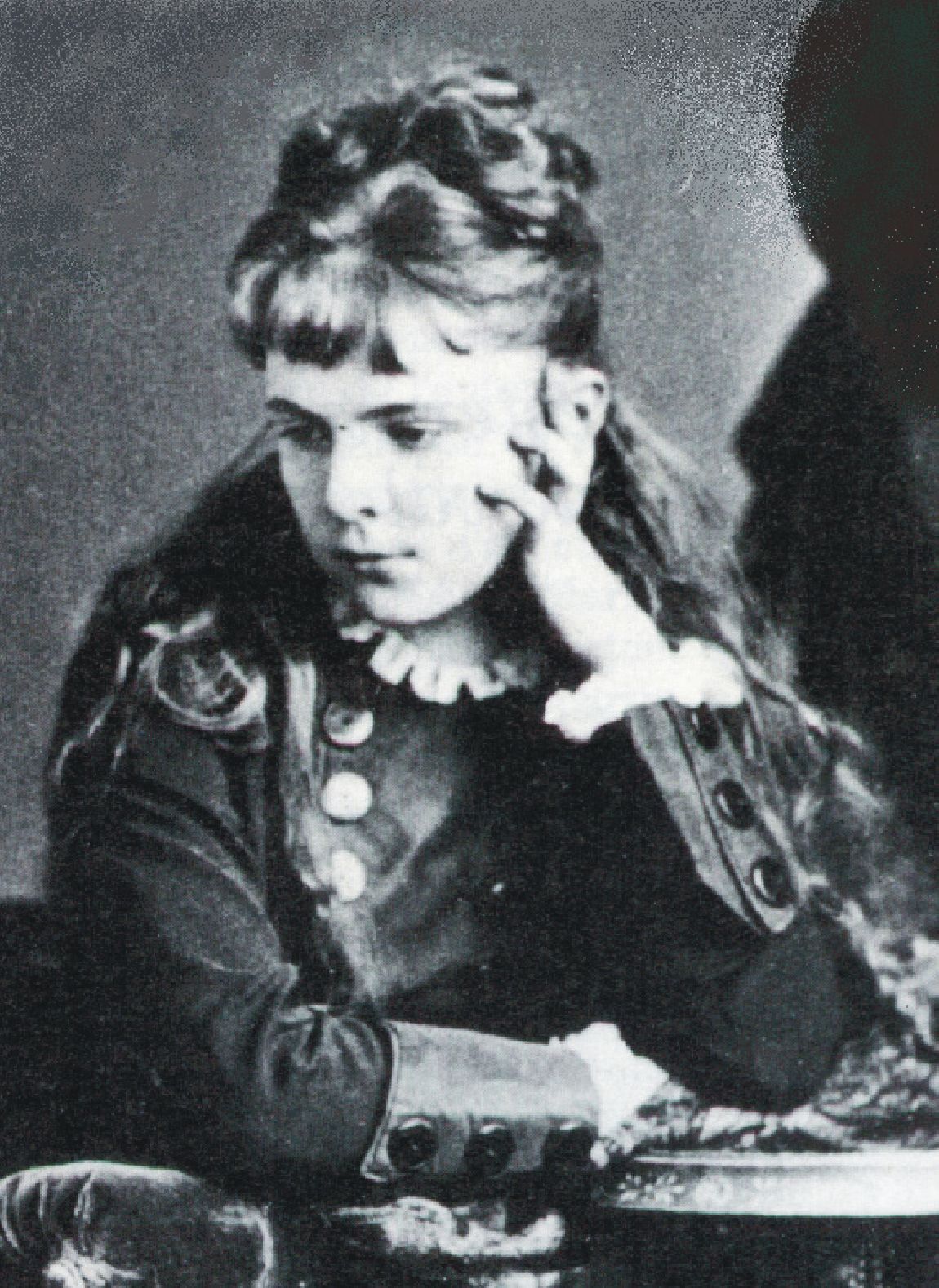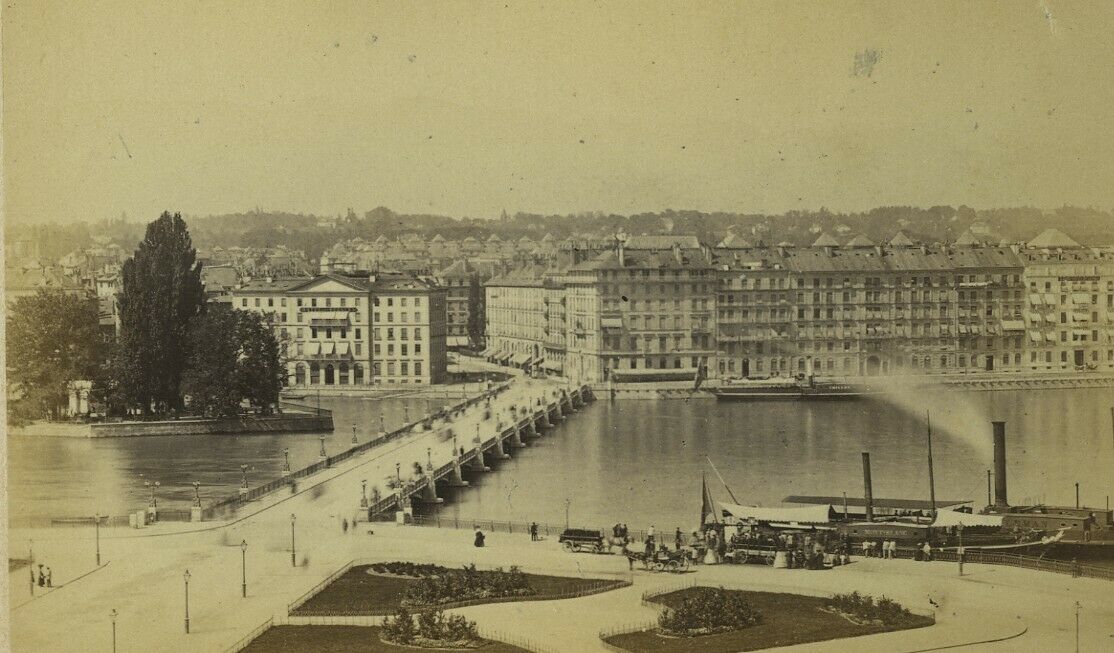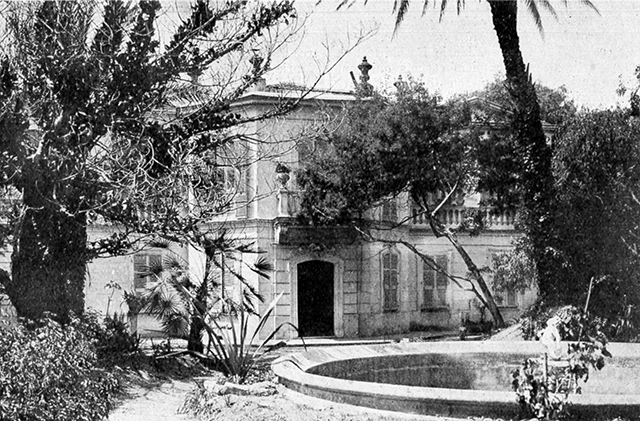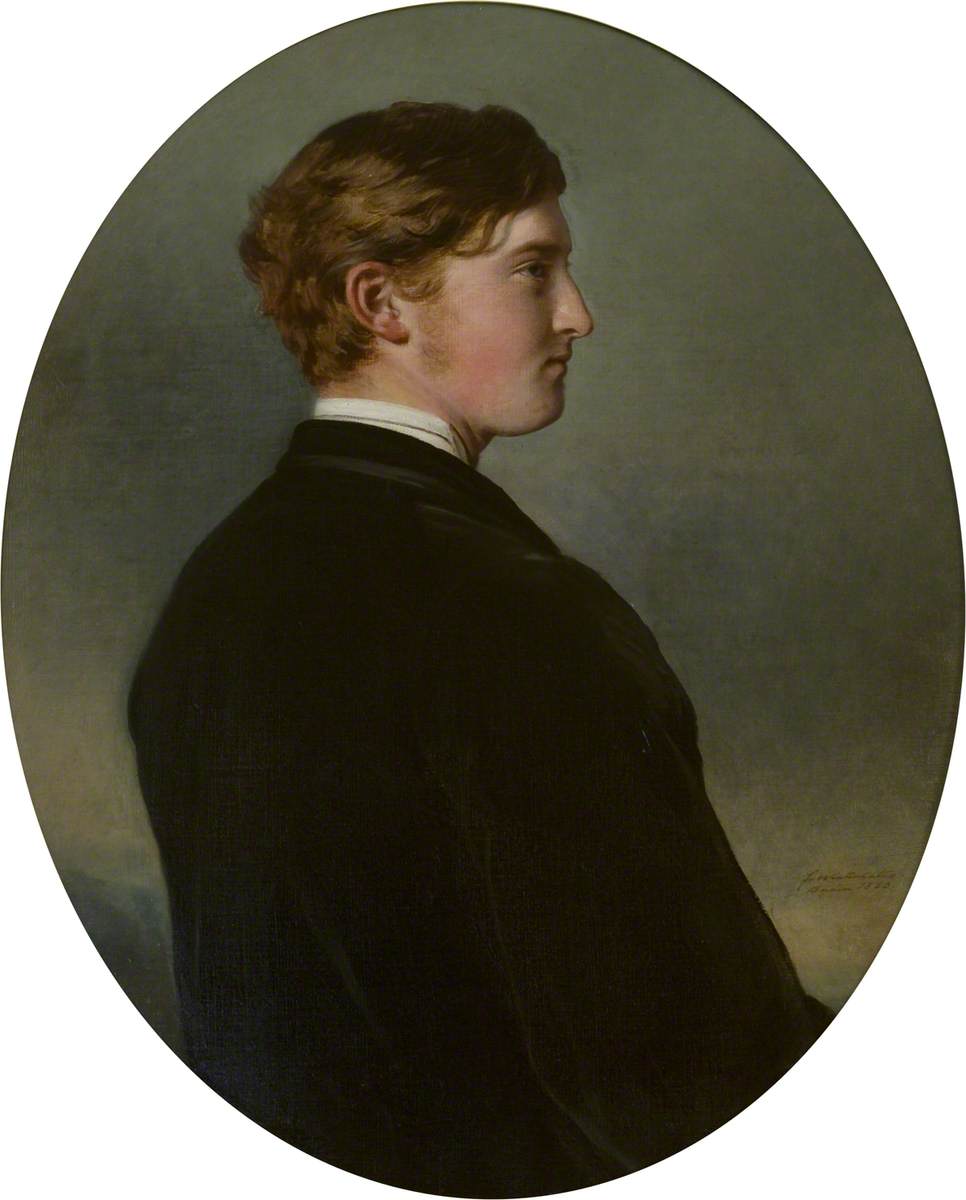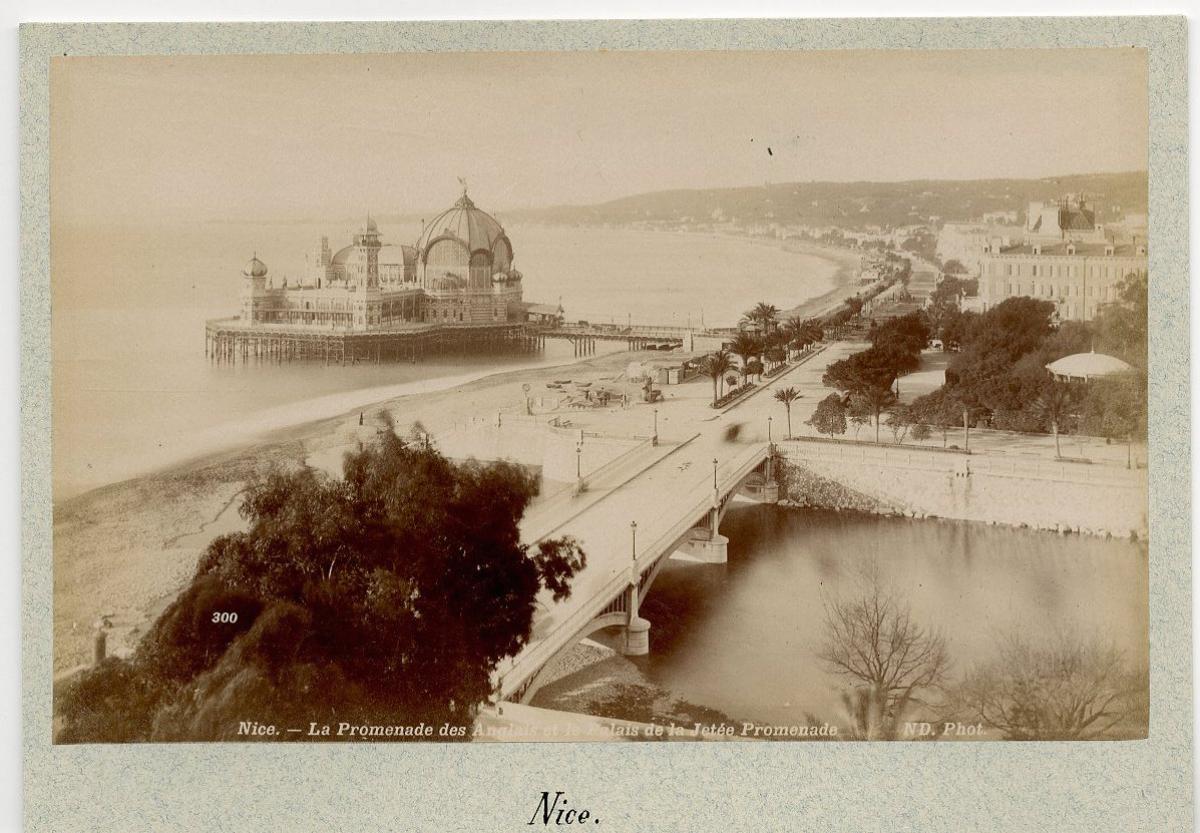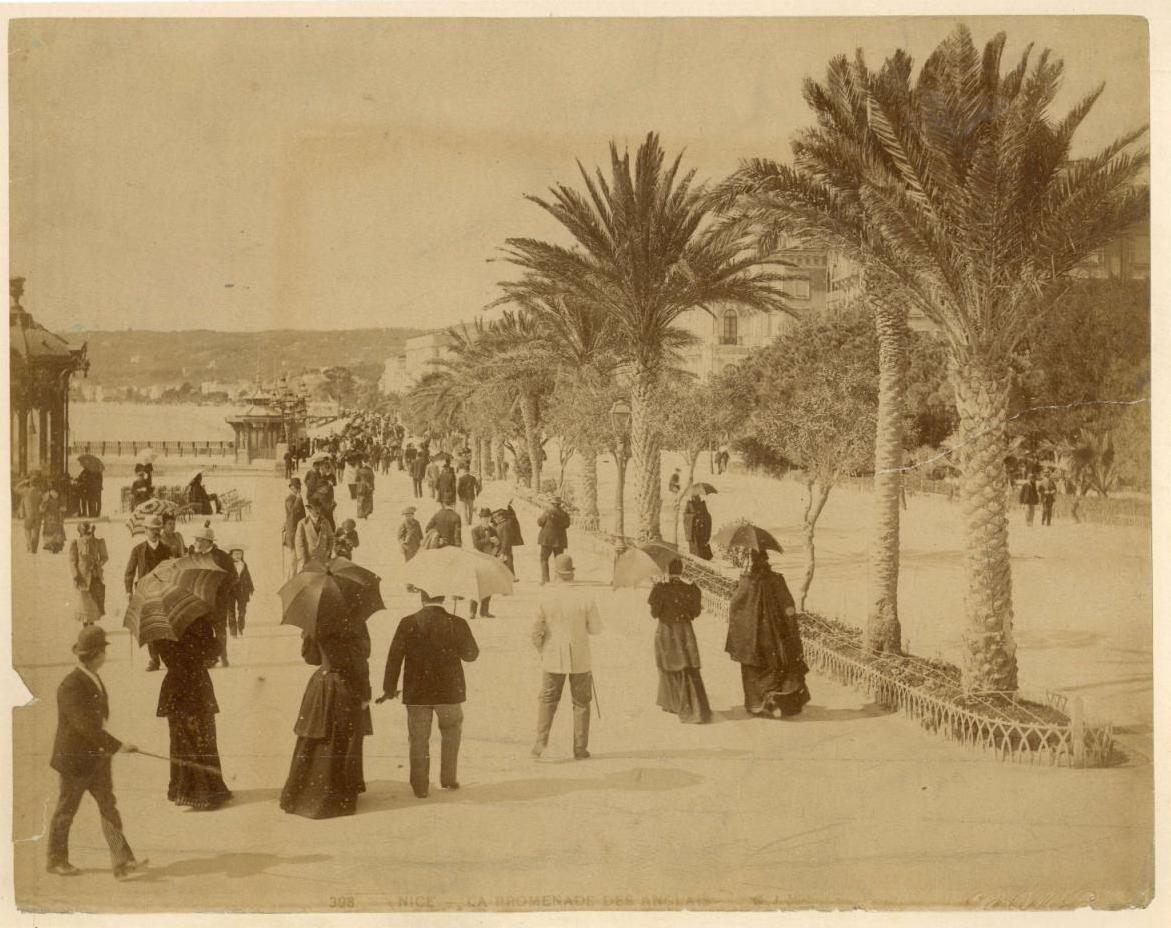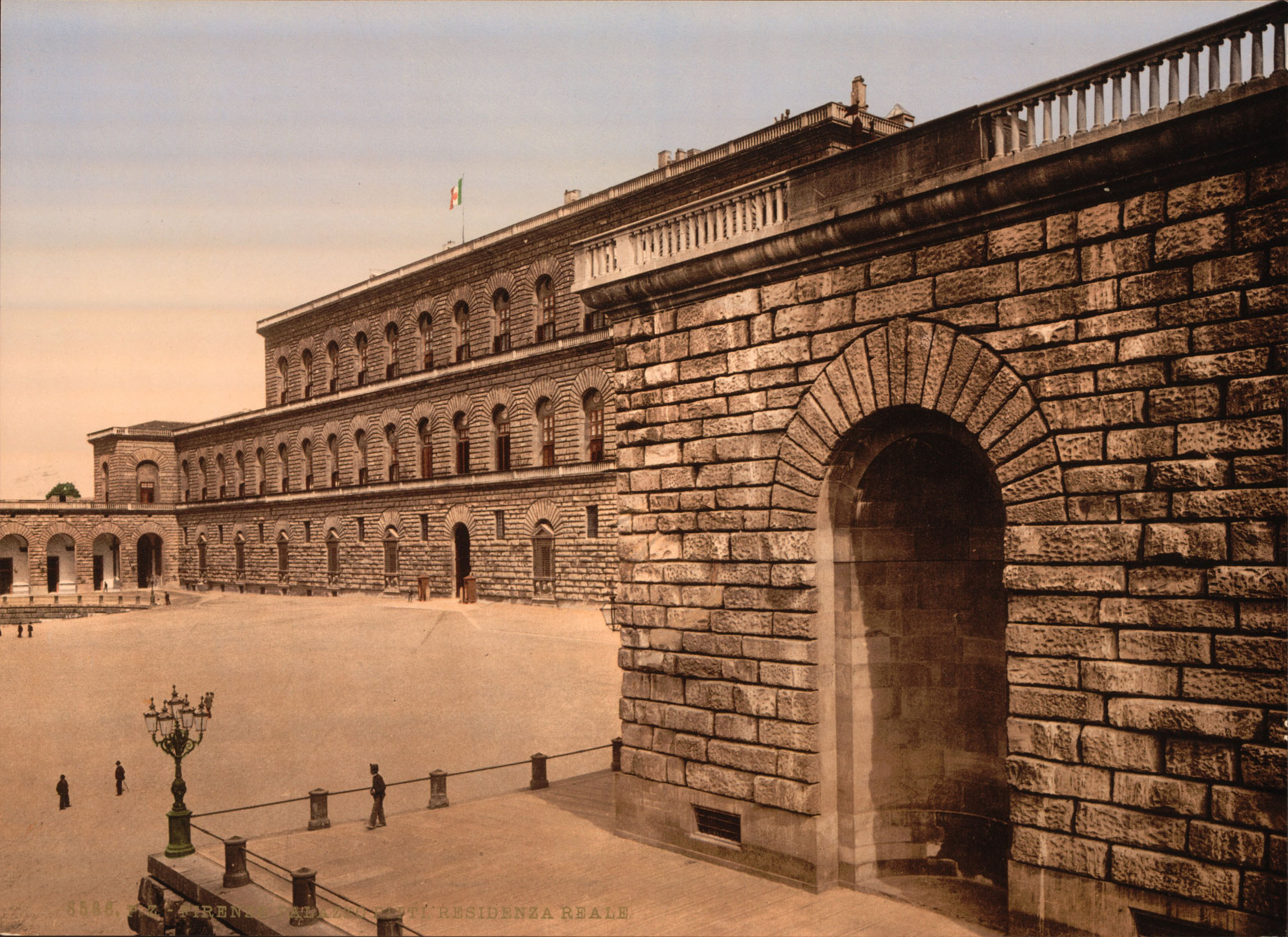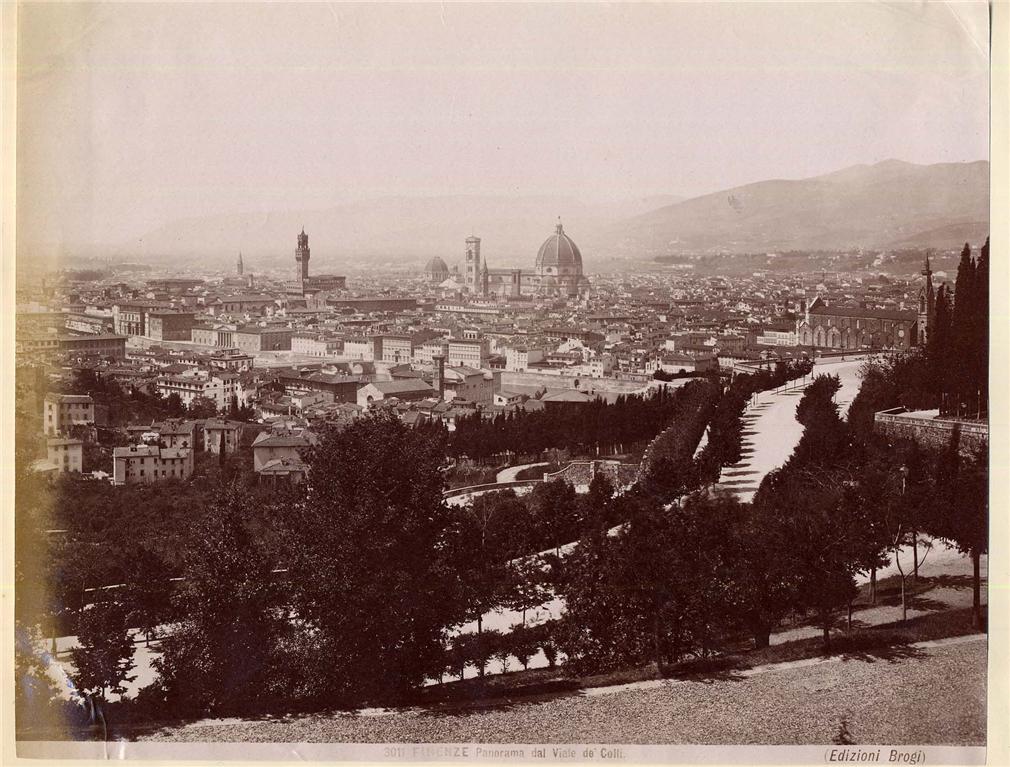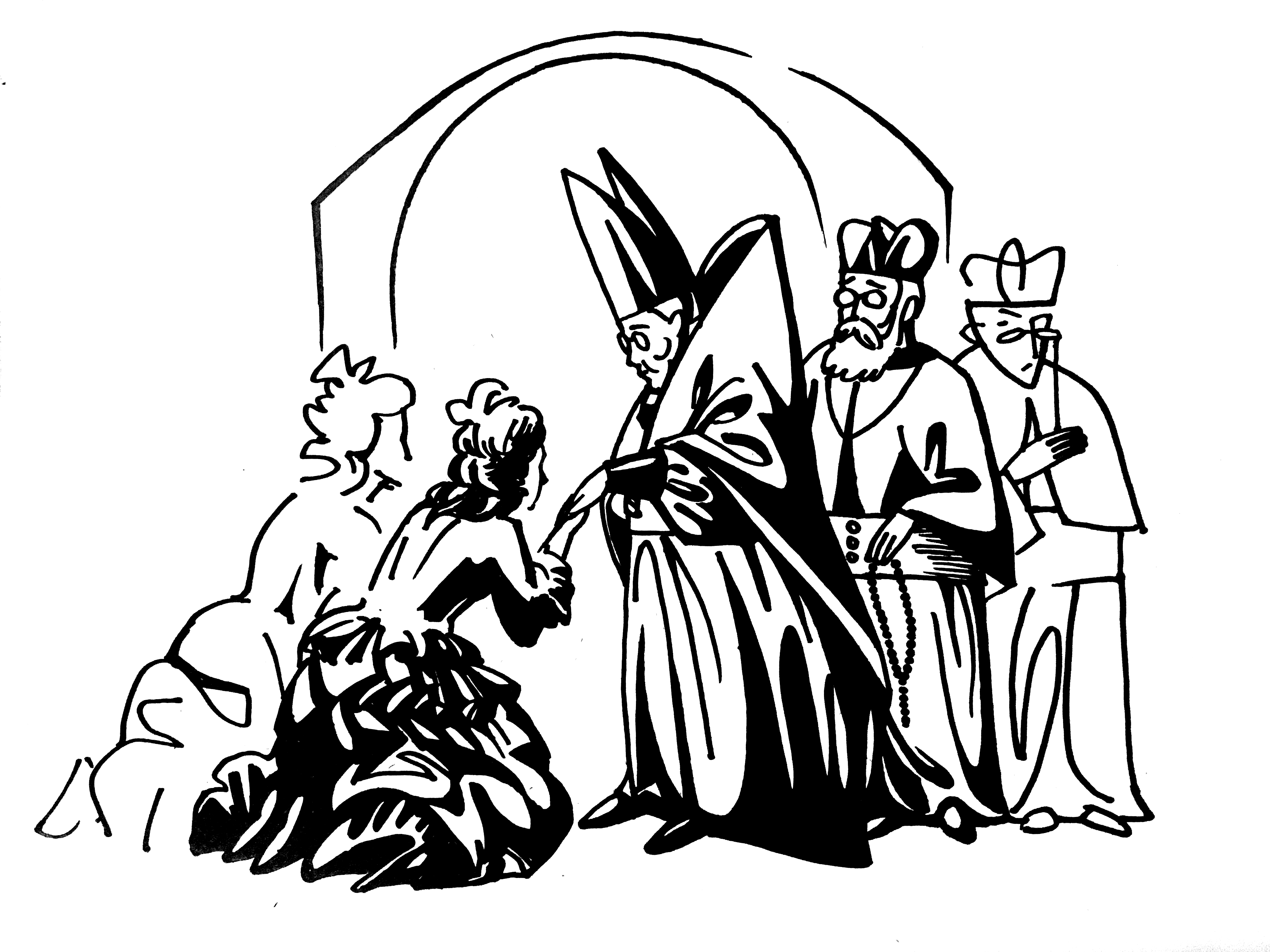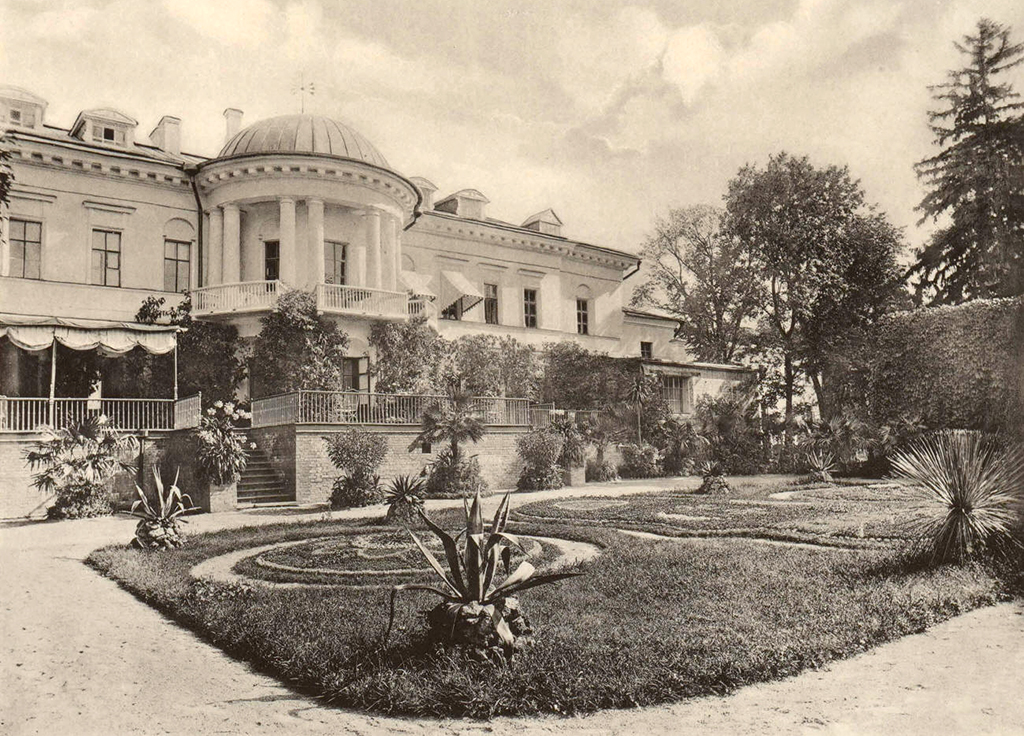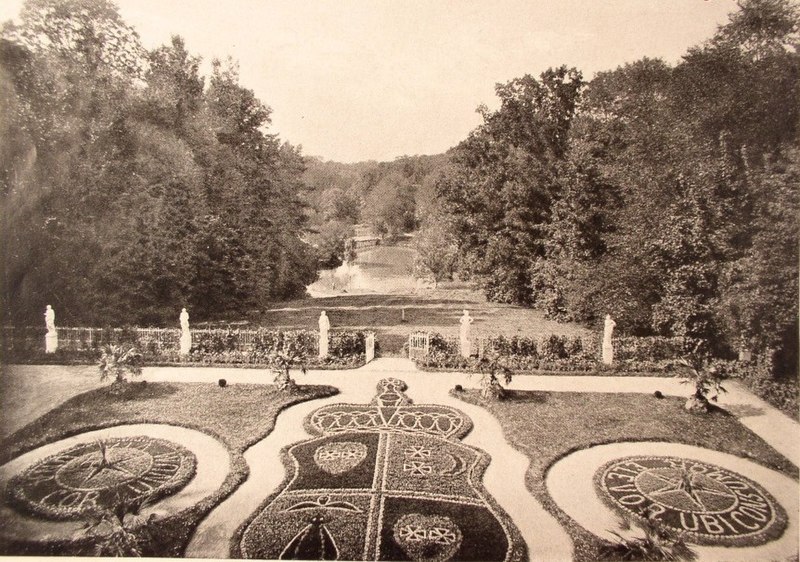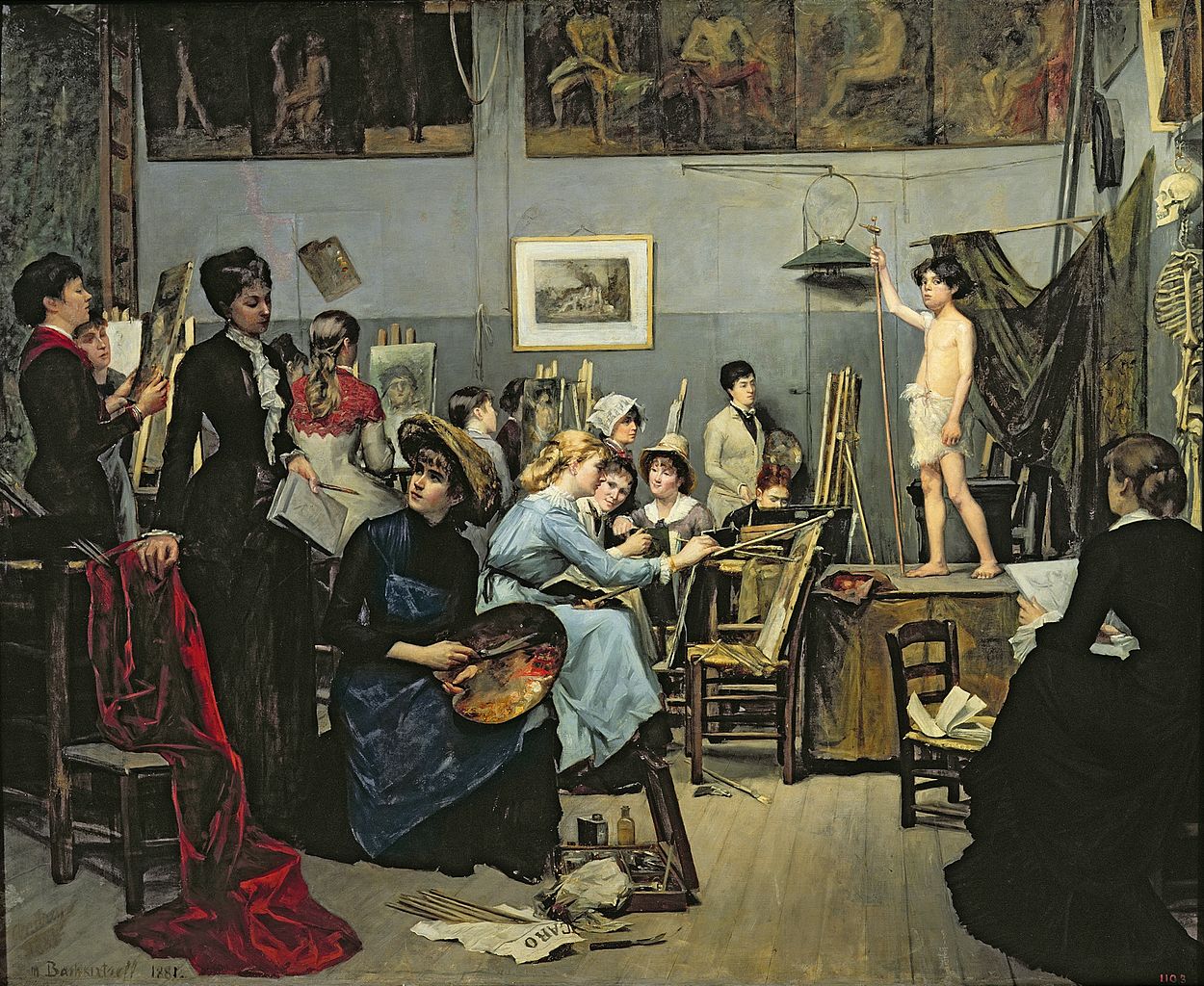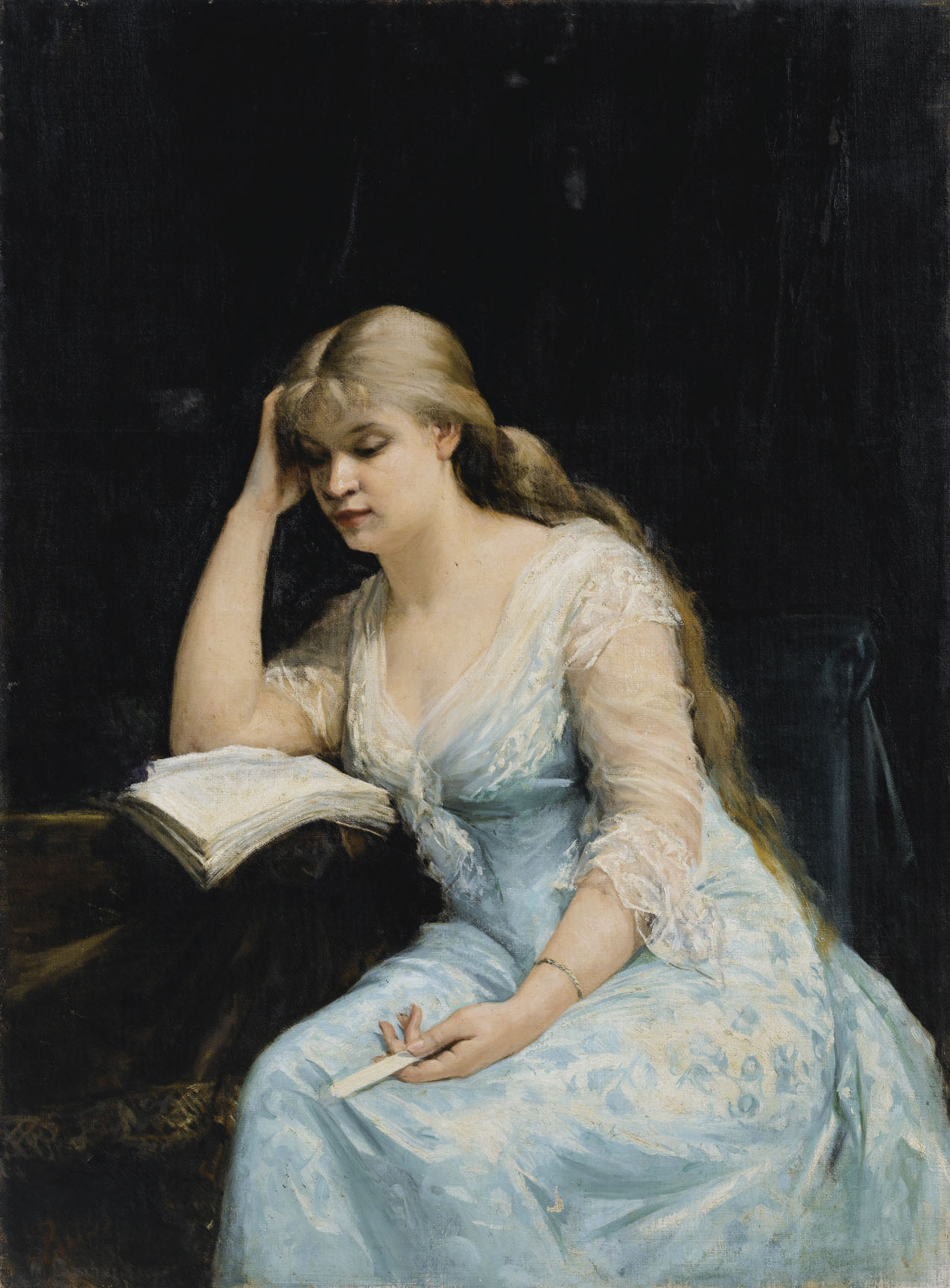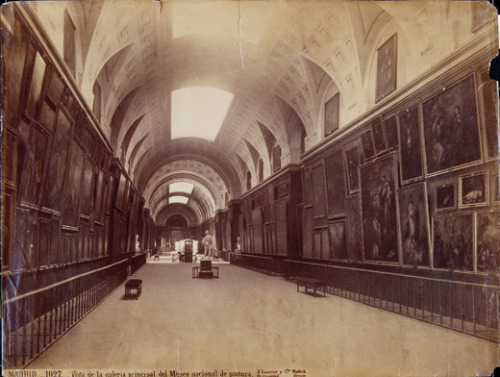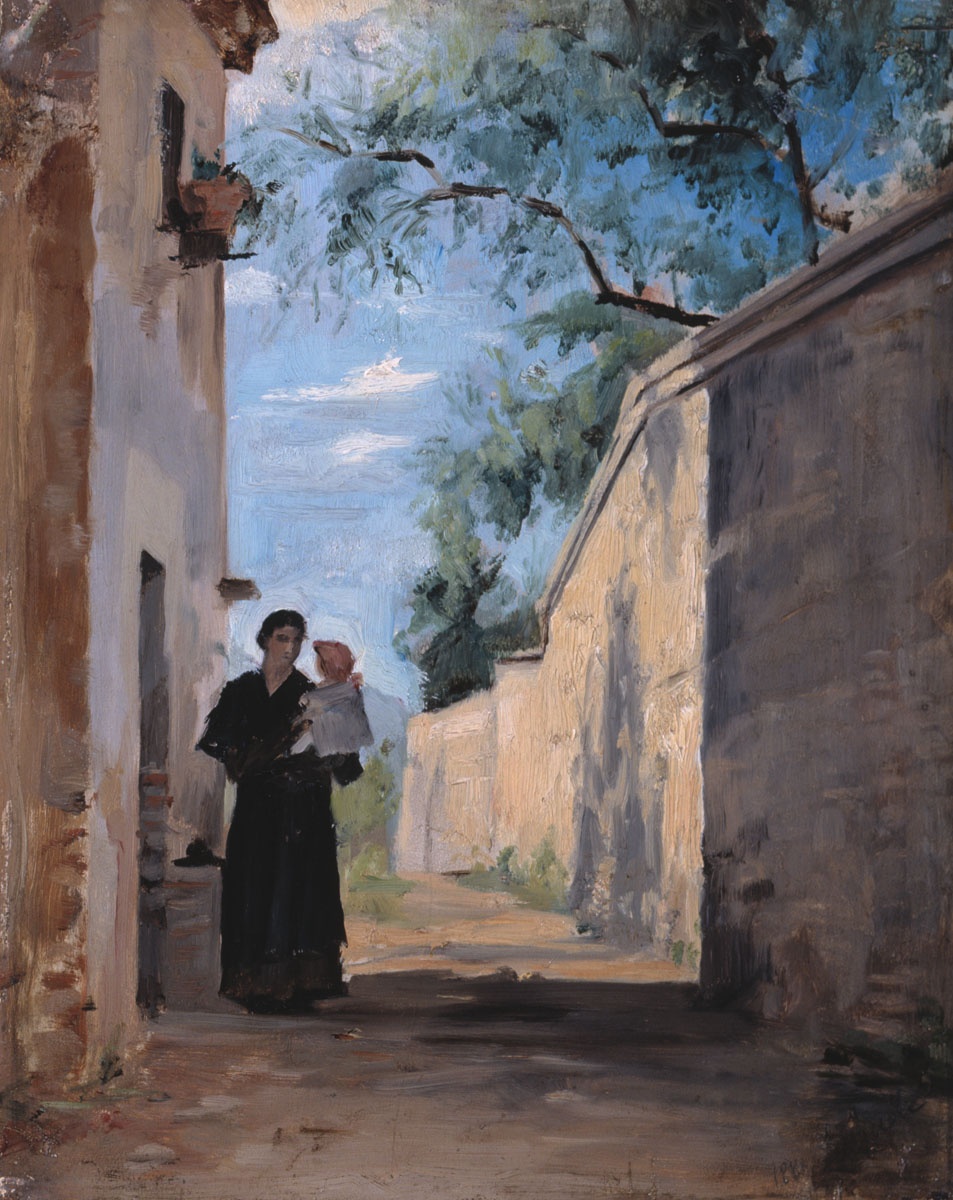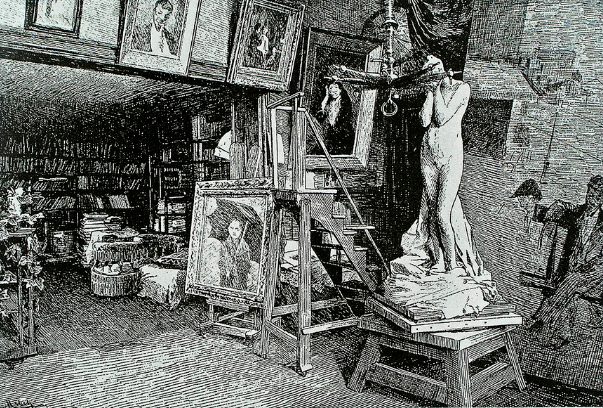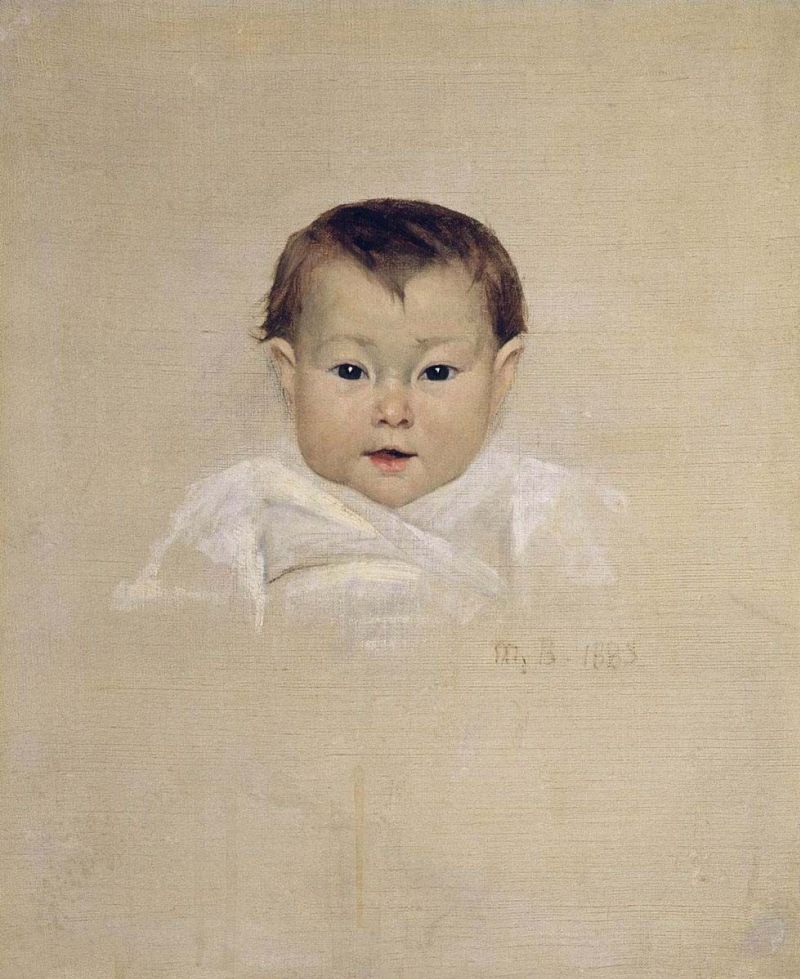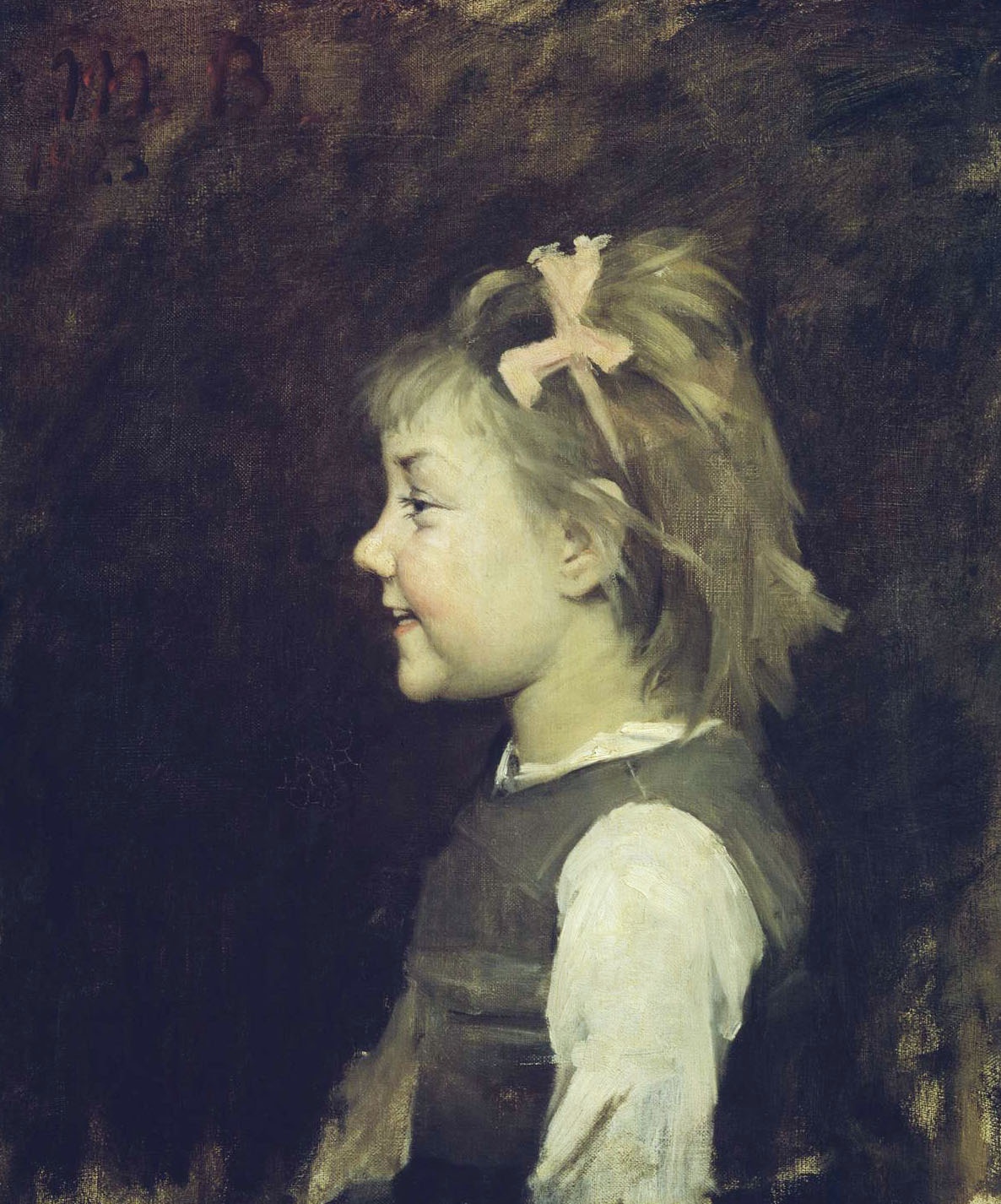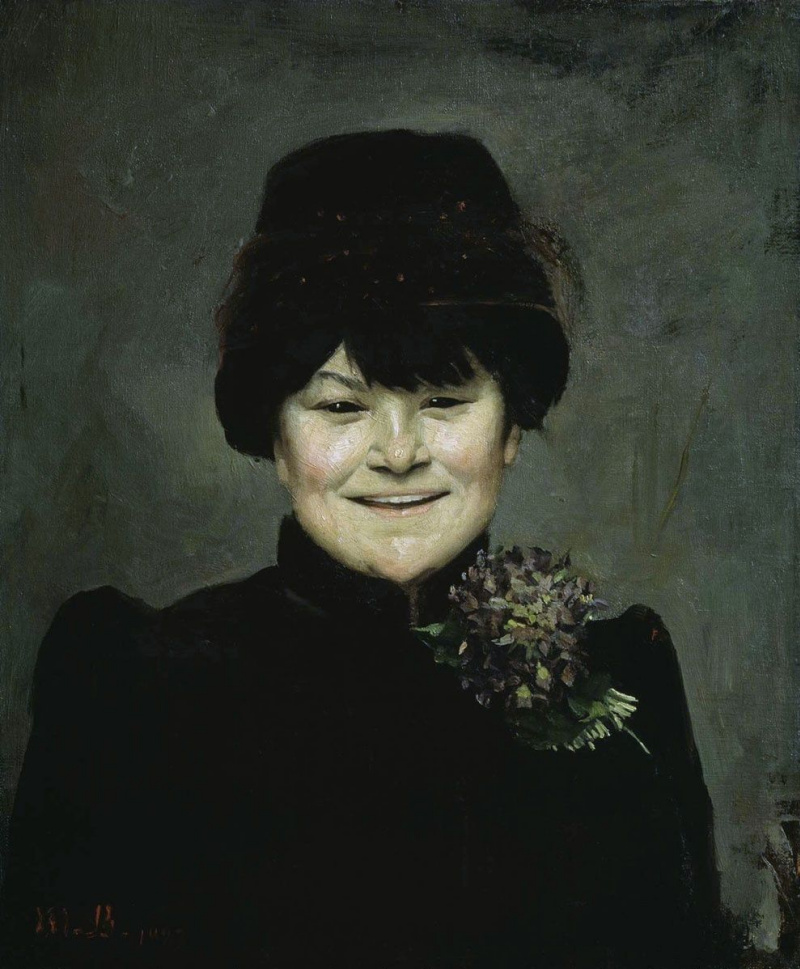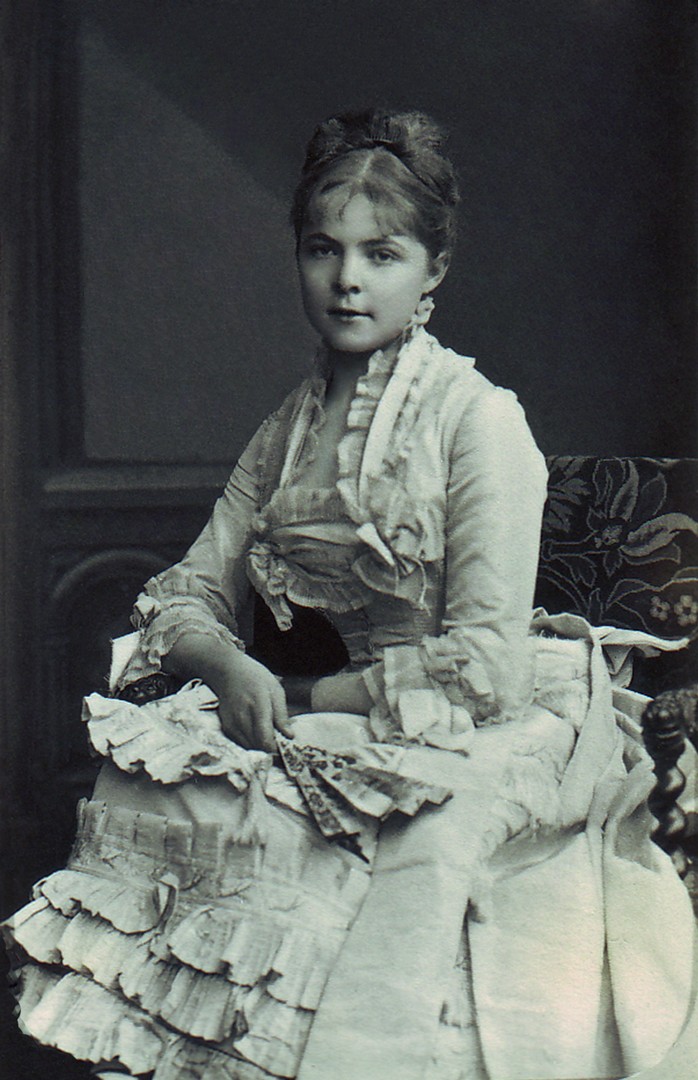Bashkyrtseva Maria
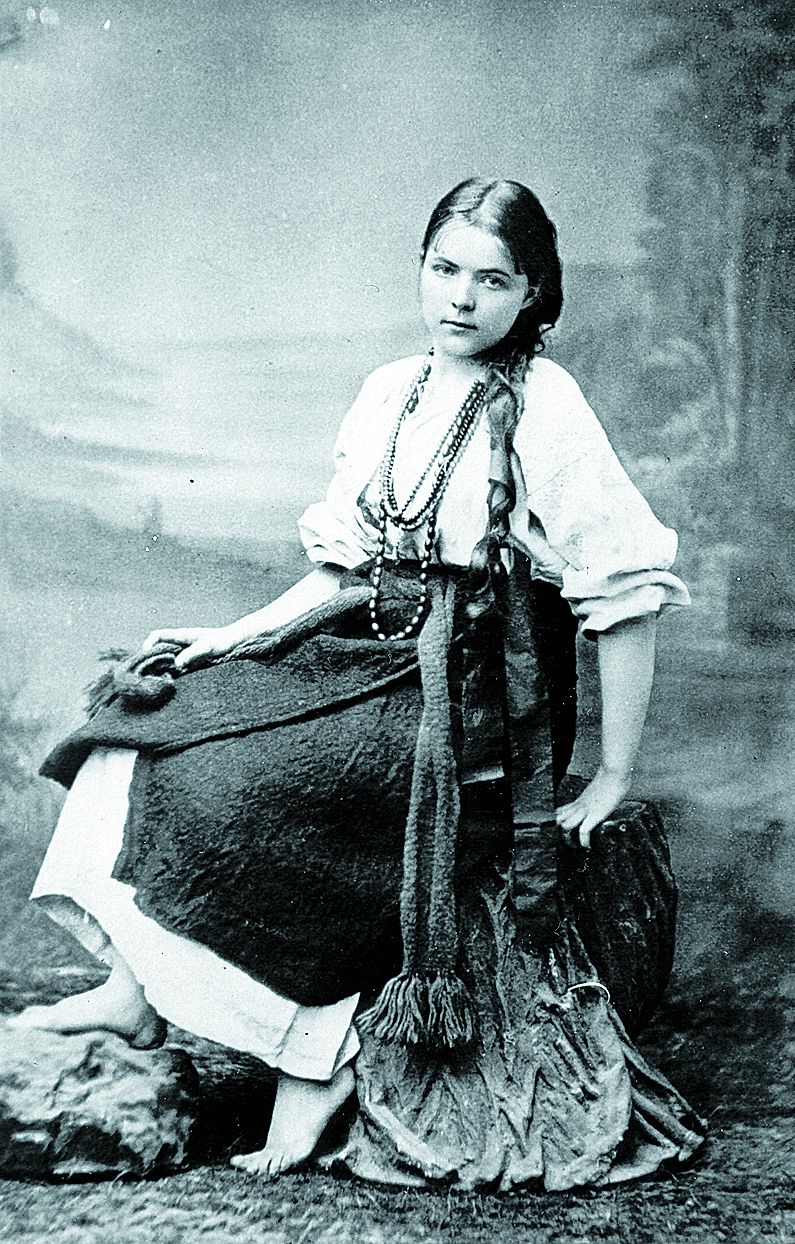
Maria Bashkyrtseva (Marie Bashkirtseff) (1858 - 1884) is an artist and a writer, the first Ukrainian with paintings to be acquired by the Louvre.
She was born and spent her childhood in Havrontsi, Poltava region, Ukraine. When she was 12, her family moved to France: first to Nice and then to Paris where Marie spent the rest of her short life, cut short at 25 by tuberculosis.
Overall, Maria Bashkyrtseva produced over 150 paintings, 200 drawings, sketches and several sculptures. Her name can be found on Immortality, a sculpture in a Luxembourg museum dedicated to nine distinguished French artists who died young. She adored social events while simultaneously providing funding for the first feminist newspapers in Paris and writing for them. She was viewed as something of a seductress in her community, while in fact she never engaged in a single romantic affair. Аlthough she emerged as an artist among academic artists, she never failed to criticize them and was willing to attempt something radically different. She wrote: “My art does not yet exist.”
Maria Bashkyrtseva was perhaps most well known as the author of The Diary – an account she had kept from the age of 12. It was published in 1887 and made the artist famous. A unique document from the period, it provides an ambitious “portrait of an artist as a young woman” and became an immediate bestseller being translated into a spate of European languages. Her tomb in Passy cemetery in Paris has become a place of pilgrimage and, according to reports, a gathering spot for “Madam Bashkirtseff’s Salon” run by Marie’s mother. Bashkirtseff’s mother spared no effort or expense in her attempt to immortalize her daughter. She personally cut anything that might harm the family reputation from The Diary. Comments critical of prominent public personae, harsh evaluations of family squabbles, and her own erotic dreams at “much too young age” have all been excised.
In the 1980s, Colette Cosnier, a French researcher, discovered the existence of a second manuscript containing Bashkirtseff diary—an original far more fascinating than that which has been published. Its thousands of pages portray a totally different woman – larger, deeper and more avant-garde than the public myth that thus far offered to the public. The alternate manuscript displays an artist and writer who vividly reflected the spirit of her time and even ran somewhat ahead of it.
